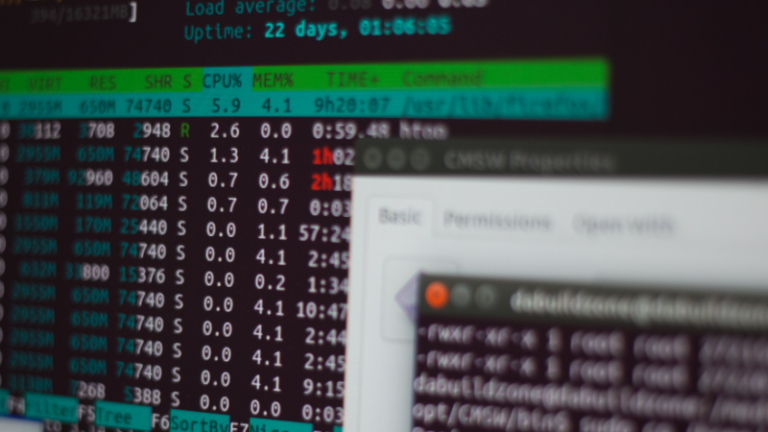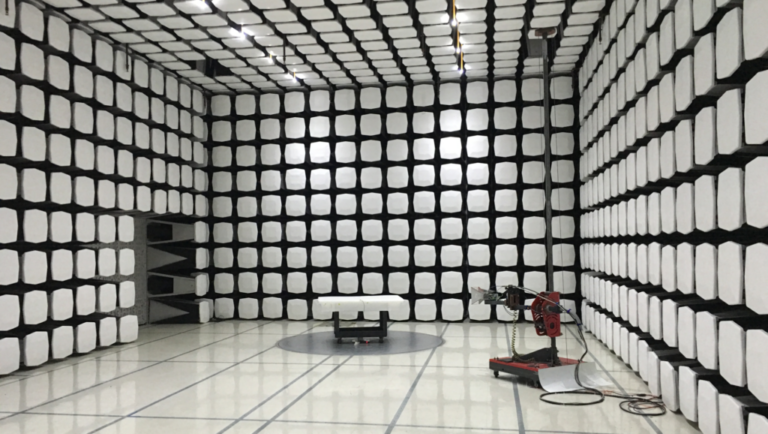BLE Performance
Improving speed, reliability, and efficiency in BLE-based systems.
 Bluetooth Low Energy (BLE)
Bluetooth Low Energy (BLE)Maximizing BLE Throughput Part 4: Everything You Need to Know
Dig into the final part of our BLE throughput series. Learn how to maximize performance by understanding packet structure, timing, and real-world constraints when developing Bluetooth-enabled connected products.
 Bluetooth Low Energy (BLE)
Bluetooth Low Energy (BLE)Bluetooth PHY – How it Works and How to Leverage it
Bluetooth 5.0 introduced new PHY options that impact speed, range, and power. Learn how 1M, 2M, and Coded PHY affect BLE performance and when to use each one.
 Bluetooth Low Energy (BLE)
Bluetooth Low Energy (BLE)Maximizing BLE Throughput Part 3: Data Length Extension (DLE)
Learn how enabling Data Length Extension (DLE) can significantly improve BLE throughput. This article explores DLE’s role, trade-offs, and how to implement it for better data performance.
 Bluetooth Low Energy (BLE)
Bluetooth Low Energy (BLE)Harmonics Part 2 – Determining the Source of the Harmonic
Understand how harmonics impact BLE devices, why spurious emissions matter, and how early RF design decisions can make or break your device’s performance and regulatory compliance.
 Bluetooth Low Energy (BLE)
Bluetooth Low Energy (BLE)Harmonics Part 1 – Introduction to Harmonics & BLE
Understand the basics of electromagnetic emissions, spurious harmonics, and why they matter in BLE design. Learn what can break your compliance and how to avoid self-jamming your own product.
 Bluetooth Low Energy (BLE)
Bluetooth Low Energy (BLE)Maximizing BLE Throughput Part 2: Use Larger ATT MTU
Learn how increasing the ATT MTU size can significantly boost BLE data throughput. This article breaks down performance gains, limitations, and how to apply it across platforms and devices.
Dive into our complete collection of articles, guides, and resources.





